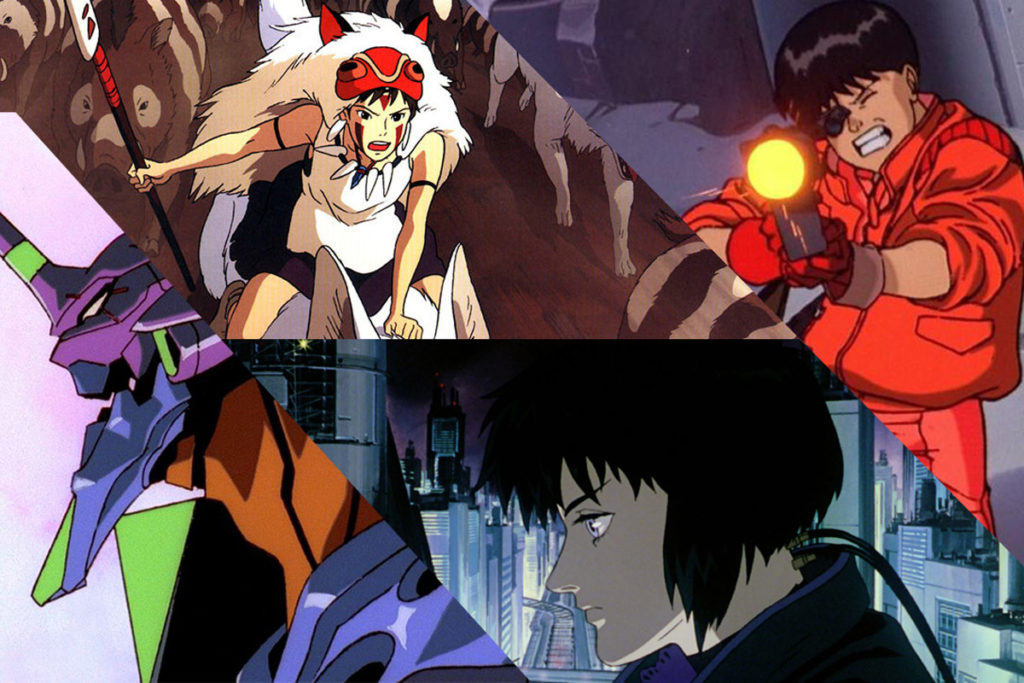“The Matrix” is a visually stunning cyber adventure packed with explosive energy. It portrays a dystopian future in which humanity is inadvertently imprisoned within the Matrix, a virtual world designed by computers to sustain human life while exploiting their bodies as an energy source.
The Matrix is a cyberpunk inspired sci-fi blitzkrieg full of mind-boggling visual effects and sophisticated comic book narrative. It had a solid start at the box office that eventually led to it becoming one of the greatest blockbusters of the late 90s. The Matrix, renowned for its Hong Kong inspired action film choreography as well as CGI powered gravity-defying bullet time, caused a major shift in action sci-fi that has since been replicated.
Matrix fever is in full gear, with The Matrix Resurrections hitting cinemas. With the mixed & negative review of the “4th Matrix”, you’ll find yourself yearning for more. Naturally, it was time to reflect upon the true successor of the first movie: The Animatrix. Without much further ado let’s step into the animated world of Neo & Trinity!
The Matrix Universe
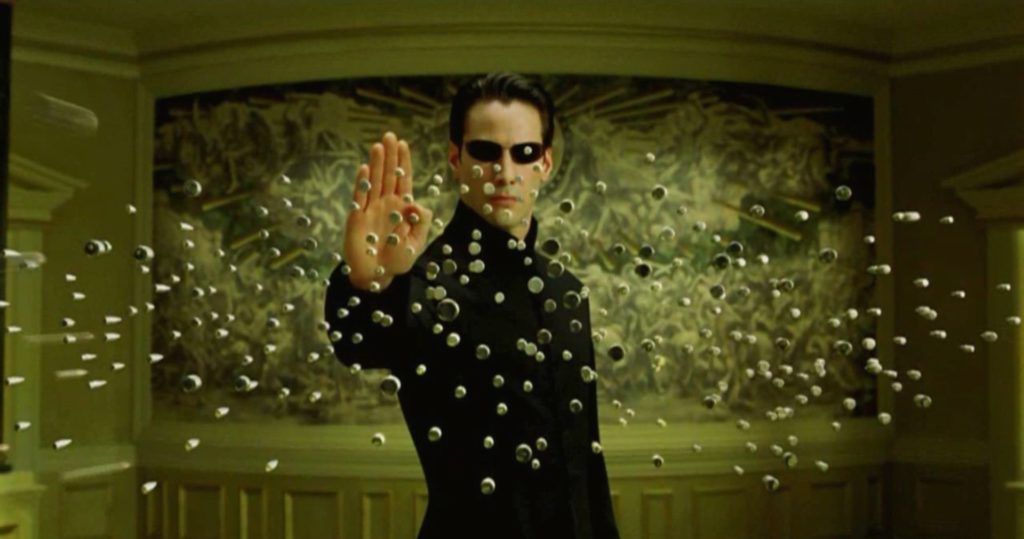
When computer programmer Thomas Anderson (played by Keanu Reeves), also known as “Neo,” a hacker, finds the truth of the virtual world he is living in, he is “pulled into a revolution against the Robot overlords together with other “free” humans who are not under the control of the Matrix. It’s seriously hard to believe that the first Matrix was more than twenty years ago and swept the globe by storm.
While the film finished with a resounding win for Neo and his cyberpunk companions, The Matrix set the scene for more films that the public demanded. The movie establishes a paralleled world of polished late 20th-century aesthetics and a terrifying post-apocalyptic wasteland with scary creatures like the “Mechanical Octopi”.
What is the Animatrix?
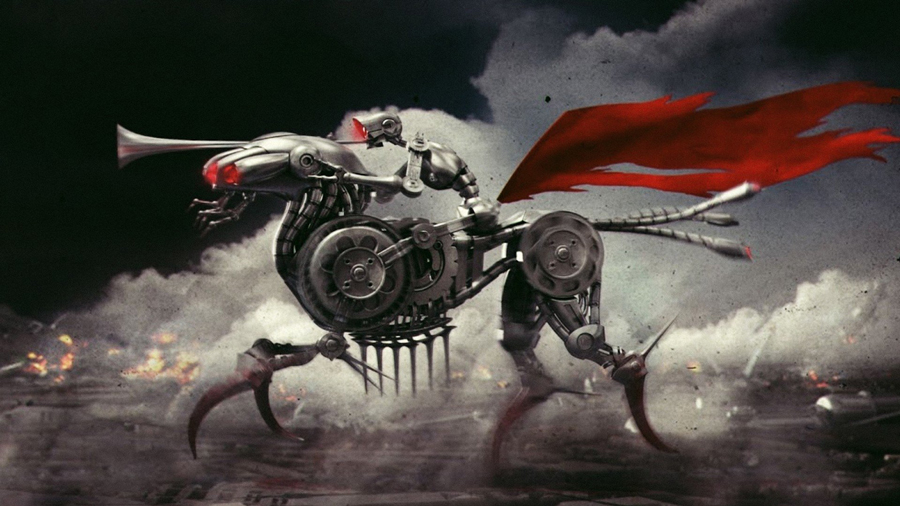
A sci-fi anime Anthology film set within the Matrix universe and also produced by the Wachowskis. This compilation of nine animated shorts reveals the history of The Matrix films, including the conflict between humans and machines that spawned The Matrix as well as other tales that extend the world and tie into the film series.
While the Wachowskis were planning the two sequels, Reloaded and Revolutions, they collaborated with many of the anime industry’s best to develop The Animatrix. The anthology film was released around the same time as The Matrix Reloaded. Final Flight Of The Osiris, one of the film’s tales, was released in cinemas. And although some fans were disappointed with Reloaded and Revolutions there was a genuinely positive reception to The Animatrix.
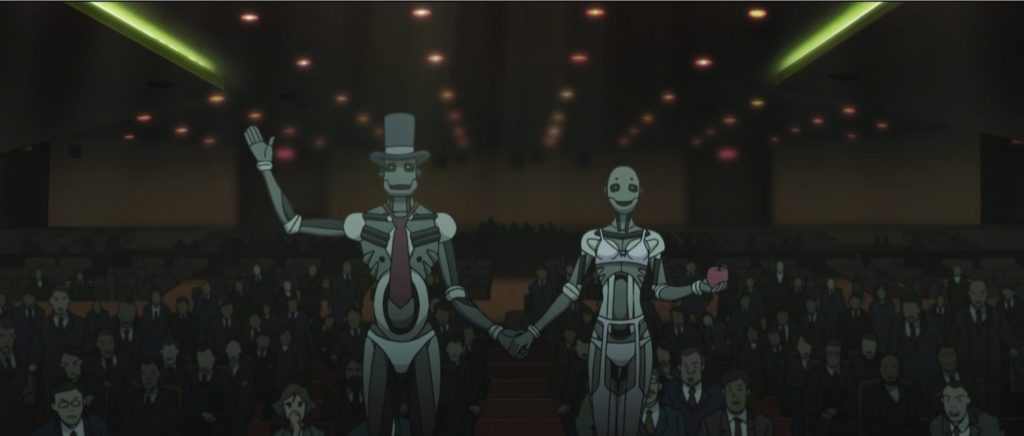
The Second Renaissance is presented as a historical record. It describes how humans created machines in their image. Humans enjoyed the good life, while machines were the grunts, the labourers of society, and second-class citizens. In 2090, BI-66ER, a machine, was tried for murdering its owners, who sought to deactivate him. The international governments’ orders were to dismantle machinery.
As a result, many robots abandoned human society and established their own country in the Middle East, O1. 01, which became a thriving economy that easily surpassed human countries, throwing them into economic disaster. While “Renaissance Half II” focuses on action-packed combat sequences, the first part of this origin narrative is arguably more compelling due to its emphasis on world-building and a captivating storyline.
The tale serves as a kind of link between the early twenty-first century and the chaos and bloodshed shown in the flicks. The graphics are exquisitely detailed, the intense action and the emotional storylines are enthralling.
The Second Renaissance Part II
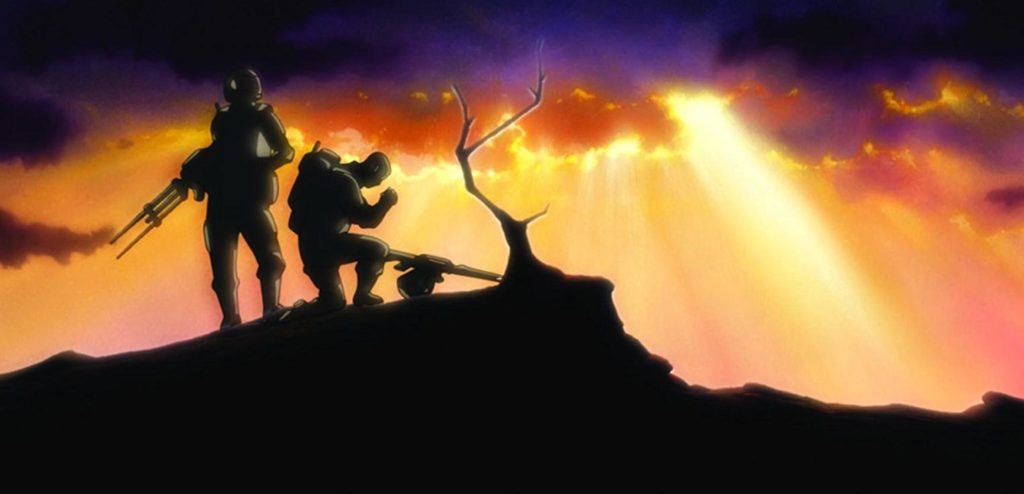
“The Second Renaissance,” a two-part animated short, is so complex and captivating that it could nearly stand alone as its prequel picture (if only it were longer!). The Wachowskis had a direct hand in them, and it really shows. The films are structured like a historical narrative, depicting the chaotic and violent events that led up to the ruins of The Matrix’s contemporary dystopia.
It evokes emotion by relying on true historical events such as Tiananmen Square Massacre and the Civil Rights Movement, adding realism to the bombastic sci-fi overlay. It provides a visual trip that is both exhilarating and heartbreaking. It’s an operatic analysis of how the Matrix came to be. The animation and breadth over these nine minutes are, honestly, astonishing at times. How the Wachowskis didn’t decide to turn this into a feature film is beyond anyone.
The Second Renaissance is the greatest of the shorts in The Animatrix. This two-part anime short film depicts how The Matrix’s future dystopia came to be: man finally constructed strong robots that could be utilised as slaves, but due to vanity and corruption, the seeds of discontent took root, and a fight over the globe erupted between man and machine.
This is beautifully delivered with excellent graphics and a superb narrative despite its little length. There’s an almost Biblical feel to it, and the rotten apple represents man’s demise. It serves as a powerful tale about our greed, about how we imagine ourselves to be lords of everything we can survey and conquer.
It is an immensely interesting prelude to The Matrix trilogy, in which we finally witness how mankind became batteries for the machine race.
Beyond
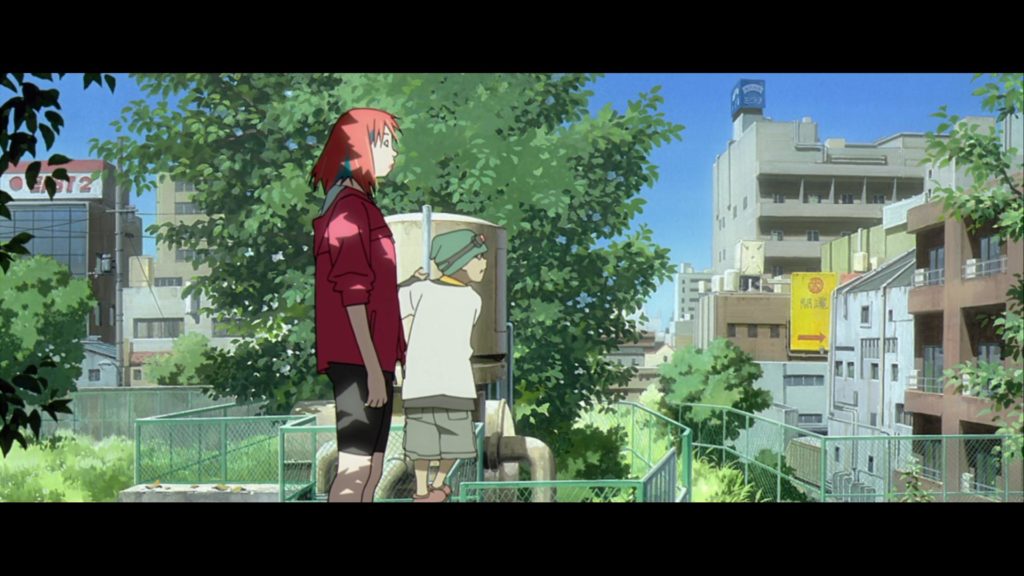
“Beyond,” the most entertainingly surreal composition, actually plays with the fantastic notion of distorted forces that result from a “Matrix malfunction.” Consequently, one of the most memorable Animatrix cartoons has some entertaining and inventive visual images. It follows a little girl called Yoko as she retrieves her lost cat and comes into a supposedly haunted mansion. Along with a group of youngsters, the girl rapidly discovers that this is no ordinary home, as a series of strange “happenings” occur.
This features a section that slows and freezes time, items that vanish and reappear, and a door that leads to the dark abyss of nothingness. This short film blends surrealism and philosophical food for thought with a nifty paranormal overlay, making for fascinating viewing.
Like the finest science fiction novels, this story is all about venturing into the unknown.
There’s also the fact that it encourages a childlike sense of acceptance and fun toward the uncertain, which may be seen as a step up from the enemy-centred paradigm and fight-heavy depiction in the live-action movies. While the films may seem to attempt to neatly package all paranormal experiences into this theory, “Beyond” is much more nuanced and open-minded.
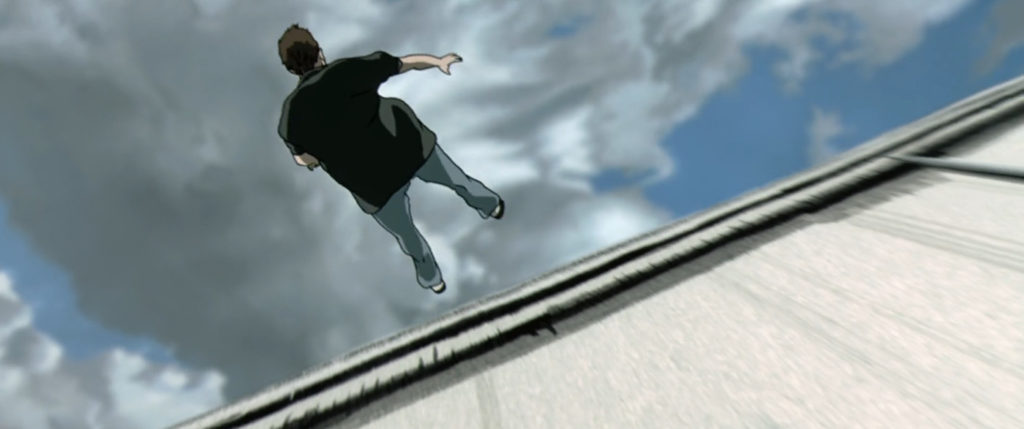
“Kid’s Story” rounds off the diverse range of creative techniques with a simple story that is beautifully suited to its rough, hand-drawn animation style. This short, like “Osiris,” is integrated directly into The Matrix sequels, with a protagonist who ends up in Zion during Reloaded, as well as appearances by Neo and Trinity.
The plot is similar to Neo’s quest to elude spies, but its presentation is successful and entertaining to watch. A youngster is in class when he receives an anonymous call instructing him to run before understanding many agents are chasing after him. In the end, we don’t know much about Neo and “the Kid’s” relationship.
With the free-flowing animation, the remainder of the film portrays a thrilling sensation of urgency as the youngster makes a furious rush out of the building. Everything builds to an emotional peak, ending with the boy’s desperate, unconventional method of “waking.”
Final Flight of the Osiris
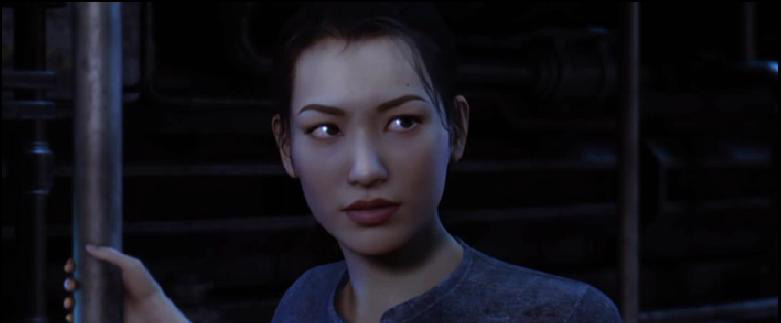
“Kid’s Story” rounds off the diverse range of creative techniques with a simple story that is beautifully suited to its rough, hand-drawn animation style. This short, like “Osiris,” is integrated directly into The Matrix sequels, with a protagonist who ends up in Zion during Reloaded, as well as appearances by Neo and Trinity.
The plot is similar to Neo’s quest to elude spies, but its presentation is successful and entertaining to watch. A youngster is in class when he receives an anonymous call instructing him to run before understanding many agents are chasing after him. In the end, we don’t know much about Neo and “the Kid’s” relationship.
With the free-flowing animation, the remainder of the film portrays a thrilling sensation of urgency as the youngster makes a furious rush out of the building. Everything builds to an emotional peak, ending with the boy’s desperate, unconventional method of “waking.”
World Record
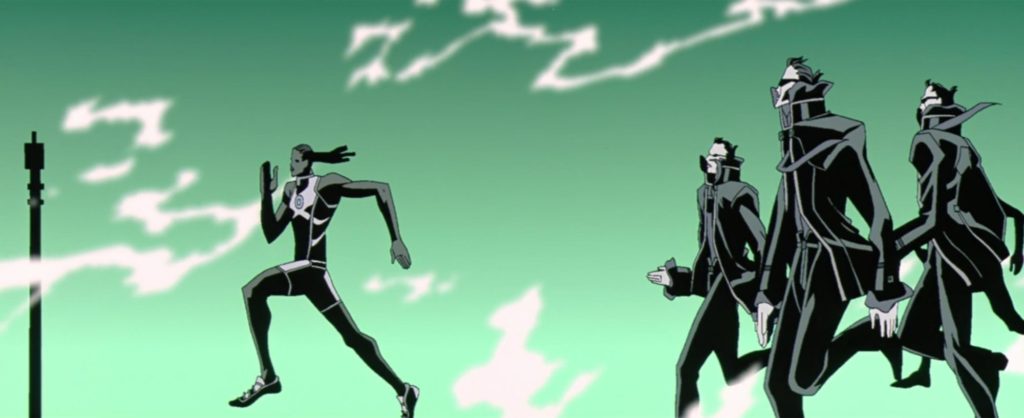
“World Record” cleverly expands on the ideas from the previous film while making it their own with a few interesting “what if” scenarios. This animated short does a good job of exploring the possibilities. The main character Dan is also quite nicely fleshed out for such a short film, and he has the benefit of having his primary aims linked with classic conflicts and reasonable, progressive beliefs.
It isn’t easy to spend most of your movie’s action on what is a long “running” animation and make it entertaining. However, that’s what Takeshi Koike and Madhouse have mostly done here. The characters in this movie are also portrayed unusually. Flashbacks are used a lot in this story, as a man sprints while thinking about the events that led him to run in a record-breaking race.
This narrative is interesting because it plays with the concept of pushing to the limit in a physical sense rather than a mental one, like much of the movie trilogy does. It is based on the idea of the mind breaking free from the Matrix merely by exerting massive physical power. “World Record” is a fascinating short film for this reason alone, with enough heart-pumping excitement to boot.
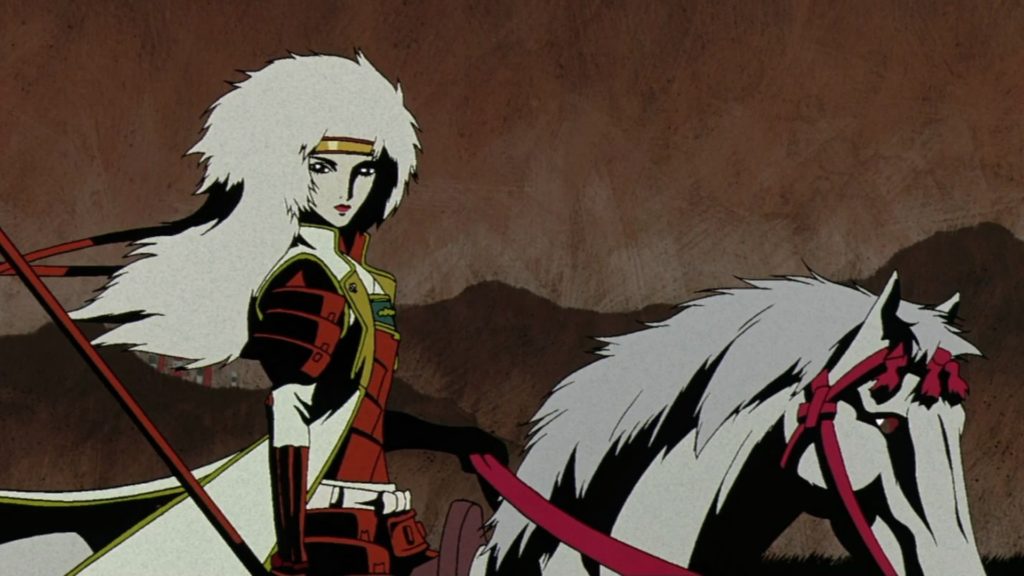
While most of The Animatrix’s films use unique graphics, Yoshiaki Kawajiri’s “Program” offers the most “conventional,” using a very typical anime aesthetic. Nonetheless, there’s plenty of intense action here, as well as some fantastic, colourful aesthetics.
The plot takes place in a simulation built to mimic mediaeval Japan, where our heroine, Cis, spars with a warrior called Duo in a fantastic battle sequence. In a “Cypher” moment of betrayal, Duo begs Cis to join him in re-entering the Matrix. She fights back, both physically and emotionally, when she wakes up, she finds out it was all a test. It’s a great philosophical piece with a lot of cool anime-style action.
The whole episode seems like a re-enactment of Cypher’s subplot from the first film, except shorter and less satisfying. Furthermore, you won’t grasp it without watching the first Matrix film; therefore, its re-run status is unavoidable.
A Detective Story
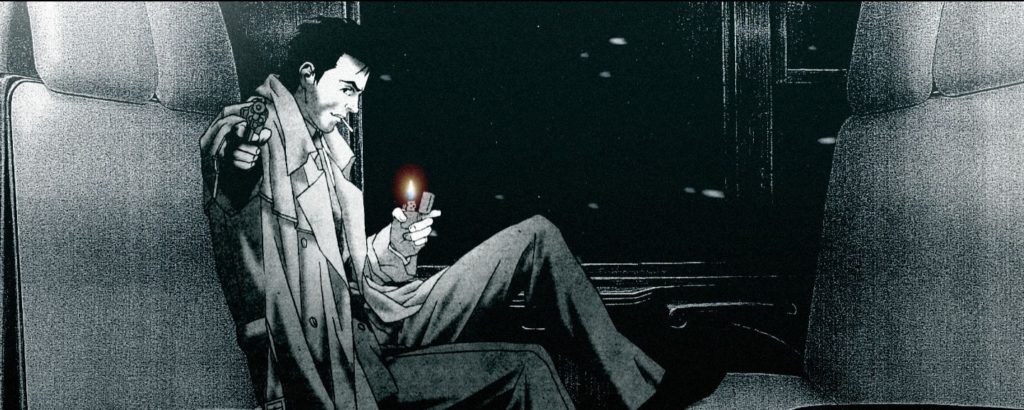
Like our last entry, Shinichiro Watanabe’s “A Detective Story” shines in style above content; in this instance, a gritty, black and white film noir tone. It’s an unusual pick for a future dystopian scenario, but it makes for an exciting watch.
Our primary protagonist is a cynical private investigator called Ash. At first glance, Ash looks like he’s been portrayed with the best parts of typical detective story tropes, such as jaded narration, black and white cityscapes in bad weather, and a sceptical descent into seedy nightlife in search of clues. But all of this has been updated to include the world of computers and cyberpunk motifs.
Ash is called to track down Trinity, a prominent hacker. At this point, the plot devolves into a very standard “flee from the agents” train scenario. While the graphics and tone are unmistakably hip, the story arch closely mirrors the first half of The Matrix film, as well as The Animatrix’s own “Kid’s Story.”
Matriculated
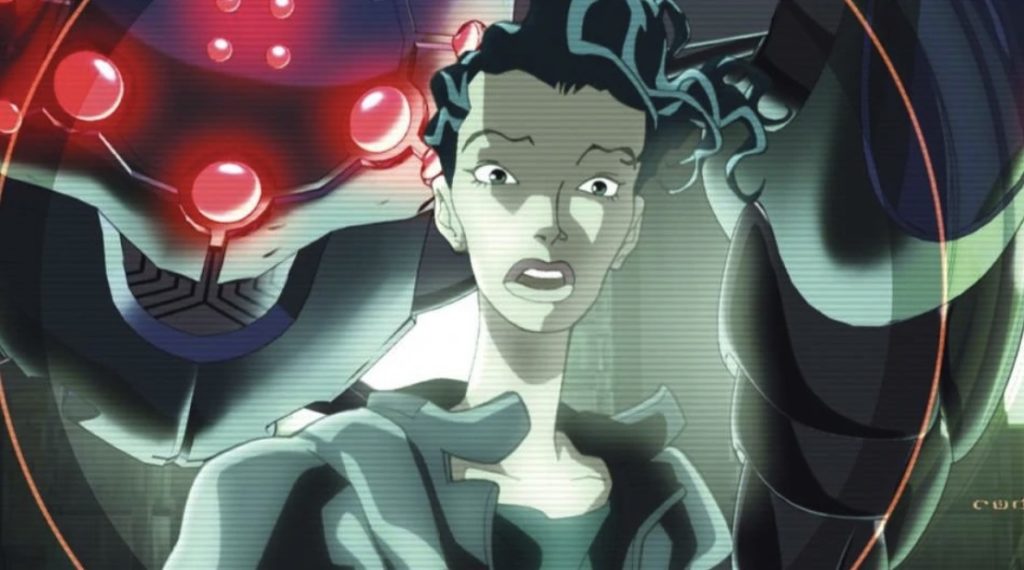
In “Matriculated”, we witness a bunch of individuals doing something considerably more intriguing than the Zion-based humanity represented in the live-action film. This is animated short flips The Matrix universe 180 degrees. It wants to figure out if humans could do the same things as machines do.
Human rebels lurk among the ruins of nature. They put a machine through a series of strange simulations to “transform” it in the Matrix Universe.
Peter Chung, who made Aeon Flux, made this surreal, almost-silent picture. The aesthetic similarities between the two films are clear. People and machines play different roles in this work, which allows it to play with some interesting Matrix ideas.






































